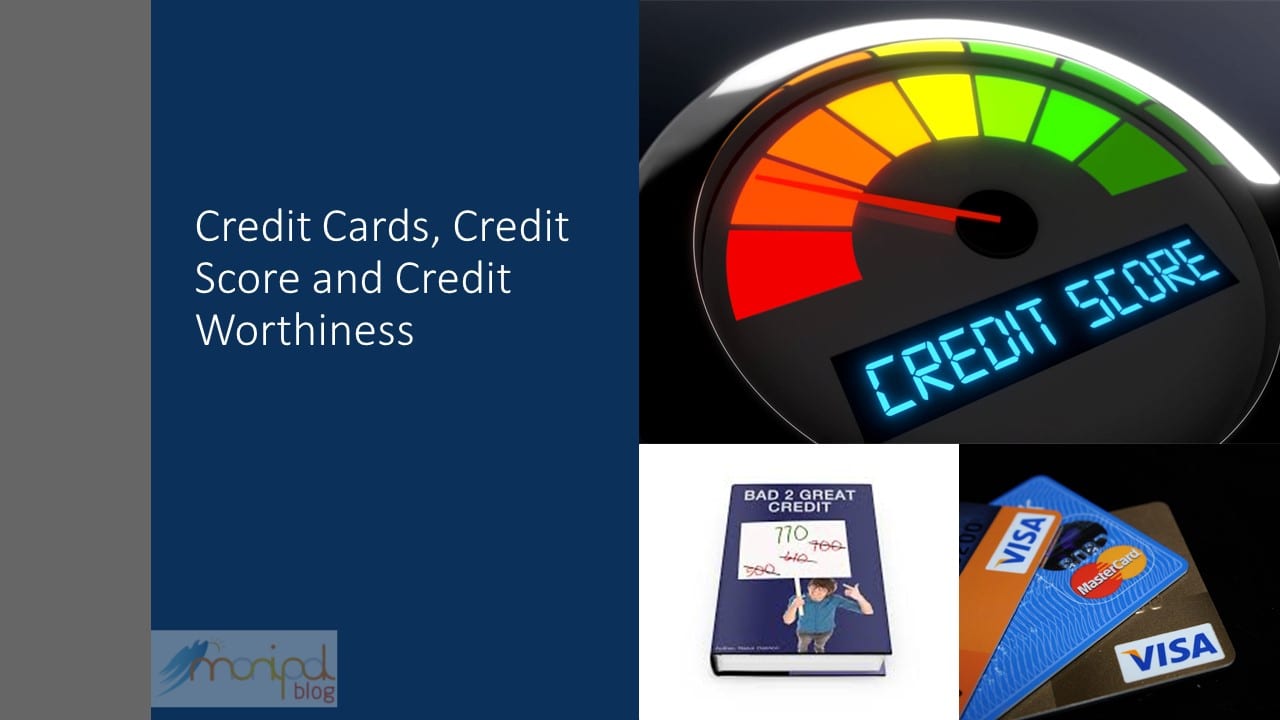Over the past few years, I have realized that many people have misconceptions about credit cards, credit scores, and creditworthiness. Credit cards are considered as liabilities and looked at as if it’s a loan. However, in reality, a credit card is nothing but just another mode of making payments and much more rewarding as compared to other methods of making payments in terms of credit period, reward points, offers, discounts, and cashback, etc. among other things.
It only gets messier when people behave in an indisciplined manner while using credit cards for spending beyond their means just because people have huge credit limits on their cards—defaulting on payment of credit card bills by not paying the full amount due on time, using credit cards for withdrawing cash in times of emergency, etc. People behave casually while falling into these financial wrongdoings without bothering/realizing that all of this indiscipline comes at a substantial financial cost in terms of massive interest, fines & penalties, and severe damage to their creditworthiness.
If one can use the credit cards efficiently by exploiting their features and benefits without getting into overspending beyond their means and without indulging in any financial wrongdoings, credit cards can be one of the most significant assets. Therefore, a person who follows below discipline while using credit cards can have a very healthy personal finance and creditworthiness:
- Utilizes his credit cards for making his regular payments, which he would otherwise do irrespective of whether he has a credit card or not;
- Does not get into overspending just because he has a credit card and a significant limit on it;
- Pays all his credit card bills in full on or before due dates without any exception;
- Does not use any of his credit cards for emergency cash in times of crisis;
- Never takes any loan or spends with costly EMIs on credit cards etc.
Often, a person not having any credit history (i.e., no record of loan or credit cards) is denied loans by banks / financial institutions despite having adequate income levels.
Credit Score / Creditworthiness:
Another big misconception is one or more of the following factors adversely affect the credit score/creditworthiness of a person:
- Having one or more credit cards
- Having a considerable credit limit on credit cards
- Upgrading the credit limit every time there is an offer to do so
The truth is none of the above factors impact a person’s credit score unless there is a default or high credit utilization ratio on his credit card. Apart from theoretical knowledge about these aspects, I have my own practical experiences to back my above observations. I have been using seven different credit cards for the last many years. All of them issued by various banks / financial institutions having different credit limits, and every time I get limit enhancement, I opt for it.
Apart from these credit cards, I also have two home loans and one car loan in my name. Still, my credit score never went below 750 since I took my 1st credit card eight years ago and my latest score, checked yesterday, stands at 800.
How you can effectively use credit limits on your cards to improve your credit score
One of the crucial factors which affect your credit score is the credit utilization ratio. It means how much percentage of credit limit you utilize on an average, e.g., if you spend Rs 10,000 on your credit card, which has a limit of Rs. 1,00,000, you have used just 10% of your credit. Likewise, if you spend Rs. 50,000 on the same card, your credit utilization ratio is 50%. The lower the credit utilization ratio, the better for your credit score/creditworthiness. You can manage your credit utilization ration in two ways, either by keeping your spending on credit cards as low as possible or enhancing your credit limits on your credit cards as high as possible. I preferred to choose the latter.
Over the years, I built a portfolio of 6 credit cards, setting different billing cycles for each one of them so that I get to use all the cards every month for a few days. See the table below for easy understanding:
| Card | Bill Date | Usage Dates | Credit limit | Spends | Utilization | Cumulative Limit | Cumulative Spends | Cumulative Utilization |
| 1 | 3rd | 4th – 8th | 1,50,000 | 6000 | 2.5% | 150000 | 6000 | 2.5% |
| 2 | 8th | 9th-13th | 2,10,000 | 10500 | 5% | 360000 | 16500 | 4.58% |
| 3 | 13th | 14th – 16th | 5,00,000 | 5000 | 1% | 860000 | 21500 | 2.5% |
| 4 | 16th | 17th-21st | 3,50,000 | 14000 | 4% | 1210000 | 35500 | 2.93% |
| 5 | 21st | 22nd-28th | 1,40,000 | 7000 | 5% | 1350000 | 42500 | 3.15% |
| 6 | 28th | 29th-3rd | 1,50,000 | 2500 | 1.67% | 1500000 | 45000 | 3% |
You can see in the above table how one could build a portfolio of credit cards to make the best use of the credit period by setting different billing cycles and also keep your utilization low by spreading it over several cards in a month.
I have been practicing this for several years now, and it has neither affected my creditworthiness nor the health of my personal finance negatively. Instead, effective utilization has strengthened my personal finance and boosted my credit profile. I hope you find this note insightful.
This is CA Anand Kankariya’s indigenous note on credit cards as part of financial awareness. Please share your feedback/suggestion below.
